Stewart's Spider
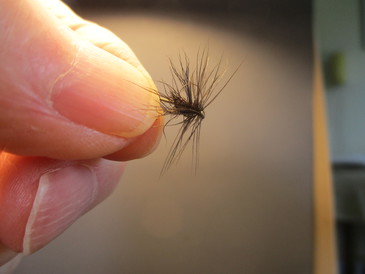

Materials
Hook: #14 Dry
Thread: 6/0 Black
Material: Black hen hackle
Originator: James Baillie
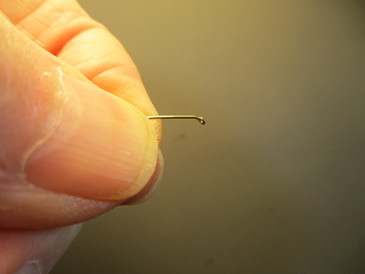
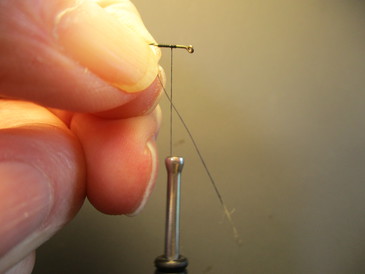
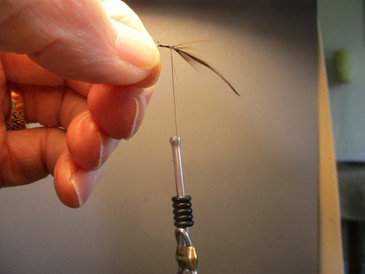
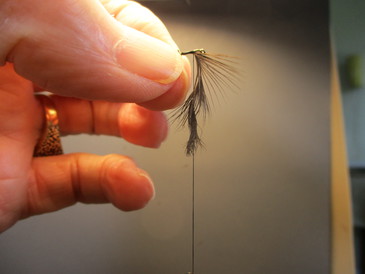
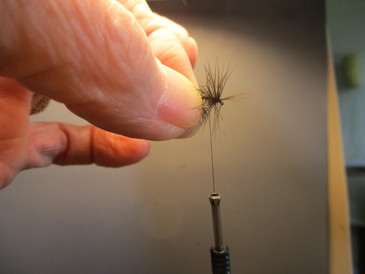
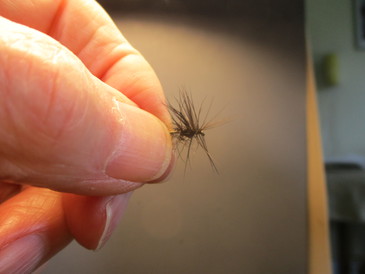
THE PRACTICAL ANGLER
OR
THE ART OF TROUT-FISHING
MORE PARTICULARLY APPLIED TO CLEAR WATER
BY W. C. STEWART
NEW EDITION Spring 1905
ORIGINAL PRINTING January 1857
Dressing a spider is a much simpler operation than dressing a fly, and
therefore it is better to begin with it. Having selected a thread of gut
and a hook, the next thing is to choose a feather, which, to make a neat
spider, must be so proportioned to the size of the hook, that the legs
of the spider, when dressed, will he about the length of the hook.
Before commencing, bite the end of the gut between Y'our teeth; this
flattens and makes it broader in the point, which prevents it slipping;
a thing very liable to occur with small flies. Next, take the hook
firmly between the forefinger and thumb of your left hand, lay the gut
along its shank, and with a well waxed silk thread, commencing about
the centre of the hook, whip it and the gut firmly together, till you
come to the end of the shank, where form the head by a few turns of
the thread. This done, take the feather, and laying it on with the
root end towards the bend of the hook, wrap the silk three or four
times round it, and then cut off the root end. What remains to be
done is the most critical part of the whole operation: still holding
the hook between the forefinger and thumb of your left hand, take the
thread, lay it along the centre of the inside of the feather, and with
the forefinger and thumb of your right hand twirl them round together
till the feather is rolled round the thread; and in this state wrap
it round the hook, taking care that a sufficient number of the fibres
stick out to represent the legs; to effect this it will sometimes
be necessary to raise the fibres with a needle during the operation.
Having carried the feather and thread down to where you commenced,
wrap the silk three or four times round the end of the feather, and
if there is any left cut it off, and finish with a succession of
hitch-knots, or the common whip-fastening. If the legs of the spider
when dressed are too long, there is no remedy for it; cutting injures
rather than improves them. This is a very rough and simple mode of
dressing a spider, and does not make it so neat as if the feather were
put on by a pair of nippers, but it is more natural looking, and much
more durable, as the feather is fastened on by the thread the whole
way down.